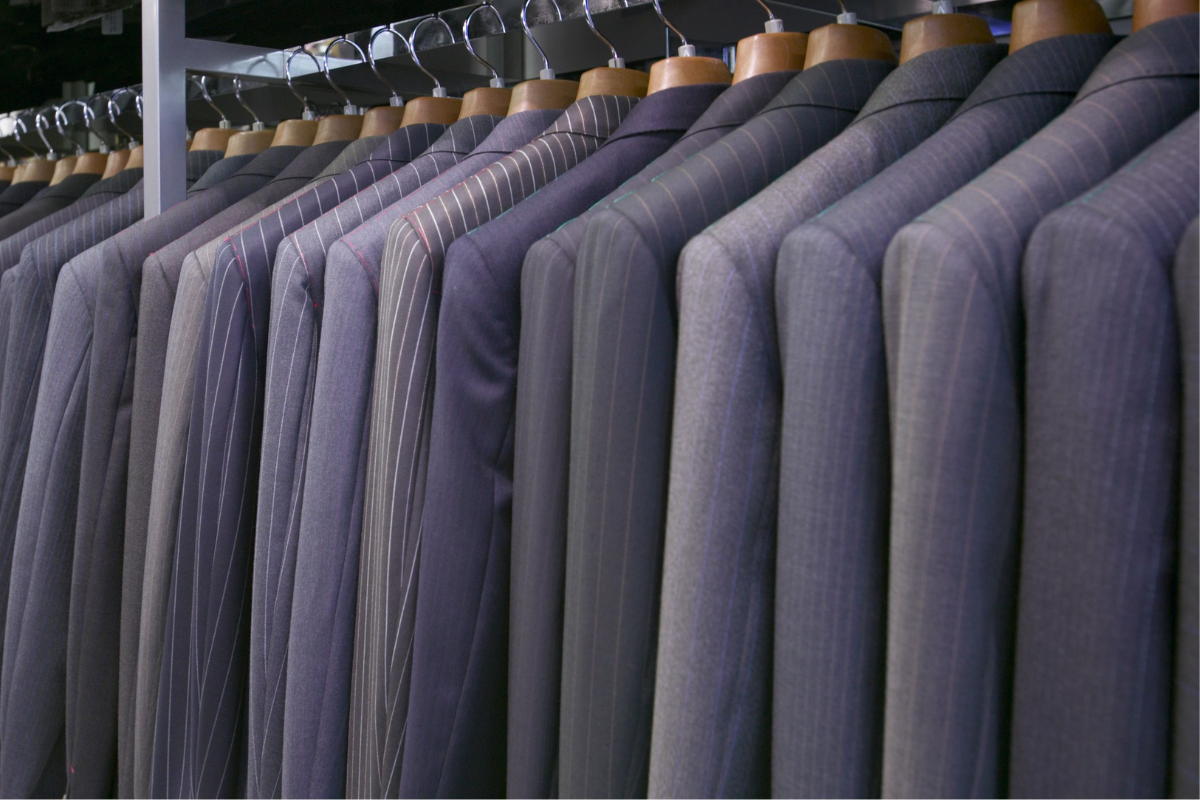Post Disclaimer: This blog reflects the author's personal experience with end-of-life matters and is provided in good faith for informational purposes only. While we aim to provide clear guidance on hard-to-find topics, this content is not legal advice and your use is at your own risk. Estate planning and end-of-life laws vary by location, so please consult your state's laws and seek guidance from a licensed attorney for your specific situation. We make no warranty about the accuracy or completeness of this information, which does not replace professional legal counsel. For more information, please see our full disclaimer.
Being a pallbearer is an honor that carries a sense of responsibility and tradition.
For this critical role, dressing appropriately isn’t just about formality—it’s a show of respect for the deceased and their loved ones.
Typical pallbearer attire includes formal, dark-colored suits, modest dresses, or other somber clothing that reflects the seriousness of a funeral service.
Understanding the expectations for pallbearer attire can help you feel prepared and confident as you take on this important duty.
For more guidance, you can refer to this guide on choosing pallbearers for a funeral service.
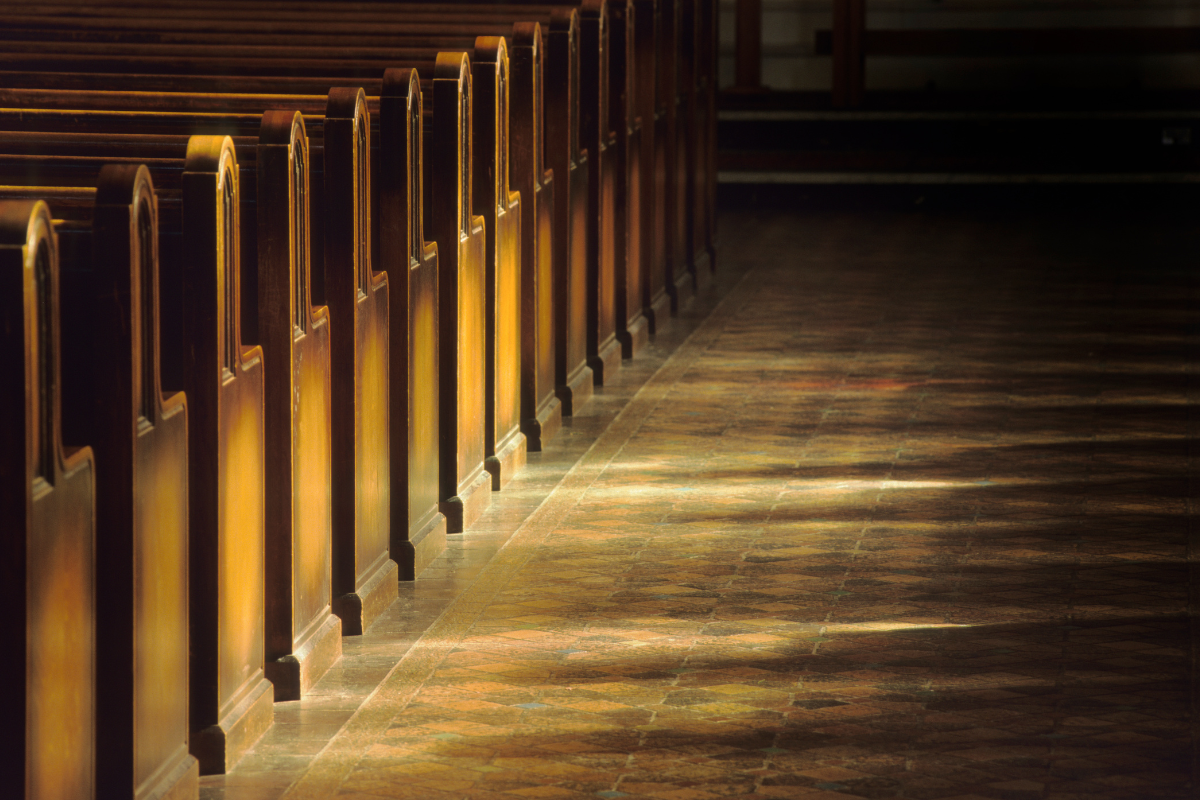
Understanding Pallbearer Attire
When it comes to funeral roles, pallbearers play a central and honorable part.
Their attire is not just about following dress codes but also about showing respect.
Proper attire reflects the gravity of the situation, ensuring that pallbearers look dignified and united.
Here's what you need to know about their clothing choices.
Common Attire Choices
Pallbearer attire is traditionally formal and understated, but it carries meaning.
The most common pieces include:
- Dark Suits: Often black or navy, suits are the go-to for male pallbearers. These reflect solemnity and respect.
- White Shirts with Dark Ties: A white dress shirt paired with a simple dark tie adds a clean and respectful touch.
- Dark Dresses or Blouses: Women sometimes opt for modest, dark-toned dresses or blouses paired with slacks.
- Plain Shoes: Comfortable yet formal black or brown shoes ensure practicality for walking and carrying tasks.
- Minimal Accessories: Avoid flashy jewelry or vibrant additions, as subtlety is key.
These items send a message of reverence and unity.
Choosing conservative attire ensures focus remains on honoring the deceased rather than drawing unnecessary attention to oneself.
For more information, you can explore pallbearer etiquette tips.
Cultural Considerations
Cultural customs can greatly influence pallbearer attire.
For instance:
- Western Traditions: Black is the most common color due to its association with mourning.
- Asian Funerals: In many cultures, white signifies mourning. Pallbearers might wear white suits or armbands for respect.
- Religious Services: Some religions have guidelines. For example, Jewish funerals might encourage kippahs for male pallbearers alongside their formal attire.
- Casual Services: In unique settings, pallbearers may dress less formally, though still in subdued tones.
Understanding the cultural and religious customs of the deceased's family ensures no inadvertent offense and creates a shared sense of respect.
Weather and Location Adjustments
While tradition plays a big role, practicality matters too.
Weather and location adjustments might be necessary:
- Hot Weather: In warmer climates, a lightweight suit or dress is preferable. Adding sweat-resistant materials can boost comfort.
- Cold Weather: Winter funerals often call for heavier fabrics like wool. Adding overcoats, gloves, or scarves in dark tones helps maintain the formal theme.
- Outdoor Services: If walking on grass or dirt paths, sturdy shoes are a smart choice. Avoid heels if there's uneven terrain.
- Rainy Conditions: Consider an umbrella in neutral colors like black to stay prepared while keeping the aesthetic clean.
Balancing practicality with tradition ensures pallbearers can focus on their role without distractions from uncomfortable attire or weather-related complications.
For example, see The Essential Guide to Serving as a Pallbearer for further insights on adaptable options.
Each of these considerations highlights the importance of aligning attire with both tradition and situational needs, reaffirming the respect and unity that this role embodies.

Formal Attire Guidelines
When fulfilling the esteemed role of being a pallbearer, attire isn't just about appearances.
It’s a way to show honor and respect for the person who has passed away and their family.
Proper attire reflects the solemnity of the occasion, and dressing inappropriately can unintentionally send the wrong message.
Below are key guidelines to ensure your attire is both respectful and practical.
Suits and Dress Codes
The foundation of a pallbearer’s outfit is typically a formal suit or comparable attire.
The emphasis here lies on simplicity, understated elegance, and respect for the traditions of funeral services.
Consider these points when choosing what to wear:
- Dark-Colored Suits: Black is the classic choice because of its association with mourning. Navy or charcoal gray can be acceptable alternatives if black is unavailable. Always favor solid colors over patterns.
- Appropriate Shirts and Ties: A crisp white dress shirt paired with a dark, simple tie (such as black or navy) creates a polished look. Avoid bold patterns or bright colors that could distract.
- Gender-Inclusive Options: While men typically wear suits, women or non-binary individuals can opt for dark blazers, modest blouses, or dresses in subdued tones. Ideally, clothing should cover shoulders and extend below the knees.
- Minimal Decoration: Keep it clean and formal—no flashy pocket squares, tie clips, or flamboyant elements.
Wearing a suit or equally formal outfit signifies that you’ve taken time to prepare for this weighty responsibility, ensuring you rise to the dignified tone of the occasion.
For additional details, this guide on serving as a pallbearer provides helpful insights on attire expectations.
Footwear and Accessories
Pallbearer attire doesn't stop at clothing—footwear and accessories matter too.
These elements can enhance your overall look while ensuring functionality for the responsibilities ahead.
Here’s what to keep in mind:
- Formal Shoes: Dark leather shoes, polished for the occasion, are a must. Black or dark brown shoes work best. Avoid sneakers, sandals, or any styles that might appear too casual.
- Comfort and Practicality: Remember that pallbearers often walk on grass or uneven terrain. Shoes with non-slip soles and a comfortable fit are essential to prevent discomfort or accidents during the service.
- Subdued Accessories: Watches, belt buckles, or jewelry should be simple and subtle. Leave bright, eye-catching items at home to maintain the focus on the event.
- Additional Needs for Weather: If the funeral is outdoors, consider footwear that suits the terrain, such as sturdy oxfords. Bringing an umbrella in dark, neutral tones can also come in handy for rain.
By keeping your footwear professional yet functional and accessories minimal, you can ensure your outfit communicates respect without complications.
If you’re looking for more practical tips, take a look at these ultimate tips for pallbearer etiquette.
Choosing attire with care not only shows your respect but also ensures you are physically prepared to fulfill this significant role.
Formal yet functional attire ensures the entire occasion is carried out with dignity and grace.

When Casual Attire Is Acceptable
While pallbearers traditionally wear formal clothing, there are times when less formal attire may be appropriate.
These exceptions often align with the tone of the service, cultural norms, or direct requests from the family.
Understanding these nuances can help you balance respect with appropriateness.
Casual Attire Examples
In certain scenarios, casual attire can still be respectful and suitable.
However, it’s crucial to ensure that your outfit aligns with the occasion's tone.
Here are some examples of casual attire that may be appropriate for pallbearers:
- Dress Pants and Polo Shirts: A pair of dark dress pants paired with a simple polo shirt in a subdued color can work for semi-casual funerals.
- Khakis and Button-Down Shirts: Neutral khakis matched with a dark or muted button-down shirt offer a neat appearance without being overly formal.
- Cardigans or Sweaters: If the weather permits, a dark-colored cardigan or sweater over a collared shirt adds modesty and maturity to the look.
- Modest Footwear: Comfortable loafers or dress shoes are necessary, as pallbearers often walk long distances. Avoid sneakers unless explicitly stated as acceptable.
However, avoid overly casual elements such as jeans, graphic t-shirts, or sandals, as they can make a somber occasion feel less dignified.
For further insights about occasions where more casual attire is permitted, you may check this helpful guide on funeral attire.
Communicating with the Family
If you’re uncertain about the level of formality required, don't hesitate to ask the family directly.
Clear communication ensures there’s no confusion about expectations, and it shows that you care about honoring their preferences.
Start the conversation with a question such as, “Is there a specific dress code you’d like us to follow?”
If you feel uneasy about asking upfront, consider framing it as concern: “I want to make sure I’m dressed appropriately to honor your loved one.”
If reaching out directly feels too formal, you might also seek advice from the funeral director.
They often have insight into what attire the family prefers and can act as an intermediary to communicate any concerns.
For more about discussing these topics, see this discussion on appropriate pallbearer attire.
By taking these steps, you can ensure that your attire reflects both the family’s wishes and the respectful tone required for the occasion.
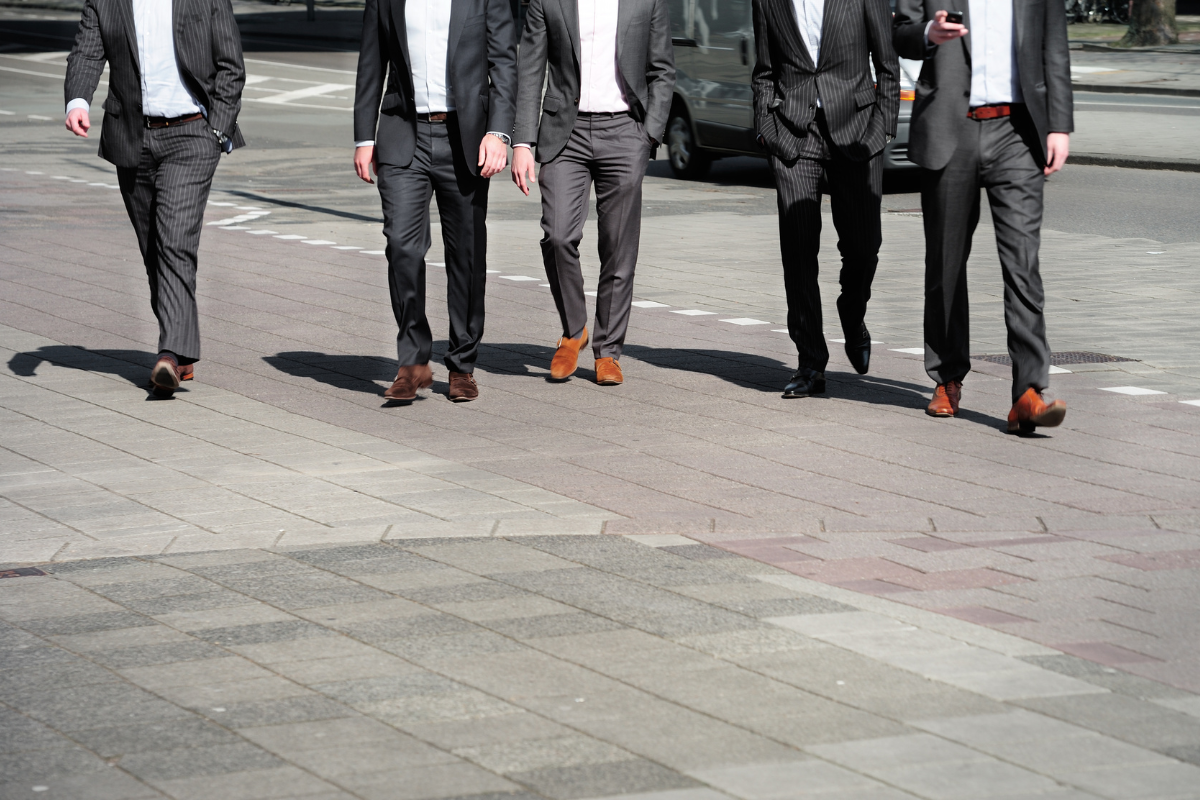
Preparing for the Role of Pallbearer
Being a pallbearer is a significant responsibility that goes beyond physical strength and appropriate attire.
It’s a moment of honor, reflection, and contribution to a grieving family's farewell ceremony.
To be truly prepared, it’s essential to address both the emotional and logistical aspects of this role.
Emotional Readiness
Taking on the role of a pallbearer can carry an emotional weight.
You’re not only managing your own grief but also becoming a focal point for others during a somber occasion.
Here’s how to prepare emotionally:
- Acknowledge Your Feelings: It’s normal to experience a mix of emotions—sadness, pride, or even anxiety. Allow yourself to recognize these feelings ahead of the funeral.
- Lean on Others for Support: Don’t hesitate to talk with friends, family, or other pallbearers about how you’re feeling. Sharing experiences can be comforting.
- Understand the Importance: Remember, your role as a pallbearer is a way of honoring the deceased. Focusing on this purpose can help calm nerves and provide a sense of clarity.
- Prepare Mentally for the Day: The ceremony can be emotionally draining, so consider anything that may help you stay grounded during this process, like deep-breathing exercises or quiet time beforehand.
By remaining emotionally prepared, you’ll find it easier to handle the nuances of the day with composure.
For more insights into managing the emotional aspects of serving as a pallbearer, you might explore this guide on how to be a pallbearer.
Logistical Considerations
Being a pallbearer also requires practical preparation to ensure the day goes smoothly.
Simple steps to plan ahead can make the experience less overwhelming:
- Know the Schedule: Confirm the ceremony times and when you’re expected to arrive. Aim to arrive early — funeral directors often have brief instructions for pallbearers.
- Dress the Part: Ensure your attire, such as a dark suit or a modest dress, aligns with the family's expectations. Read pallbearer attire guidelines for more detail.
- Understand Your Role: Check if you’ll be carrying the casket or merely guiding it. Each position requires coordination, often led by the funeral director.
- Practice Good Posture: If carrying the casket, use stable footing and maintain good posture to ensure safety and ease.
- Turn Off Cell Phones: Avoid any distractions by silencing or turning off your phone during the service.
- Check the Weather: Bring an umbrella or dress in layers if the ceremony is outdoors. Practical preparation helps prevent avoidable discomfort.
Taking care of logistics may sound straightforward, but these steps are critical to being fully present at the funeral and effective in your role.
For a broader overview of pallbearer preparation, visit Ultimate Tips for Serving as a Pallbearer.
This balance between emotional readiness and logistical planning ensures you are prepared for the day, honoring the responsibility entrusted to you.
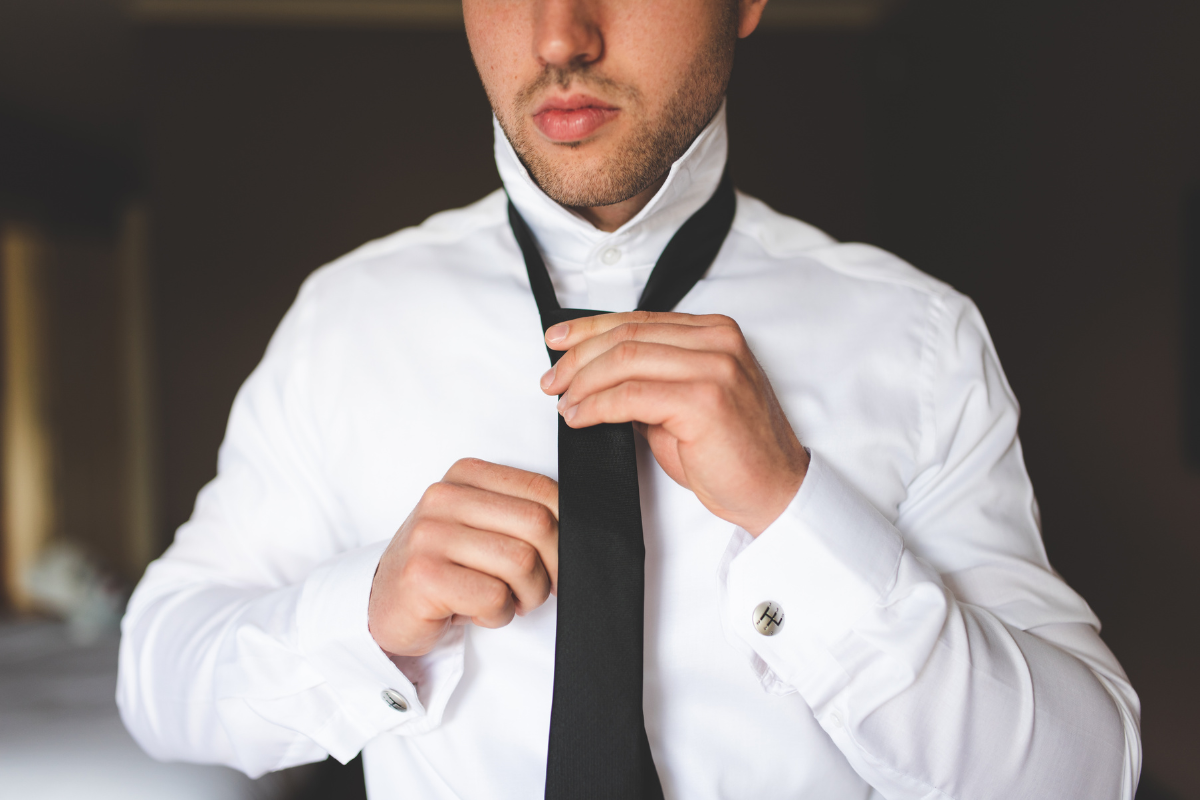
Resources and Further Reading
Choosing proper pallbearer attire can seem daunting, but becoming informed is key to feeling confident in fulfilling this honored role.
Below, you'll find additional resources to guide you in understanding pallbearer responsibilities and attire norms, ensuring you're thoroughly prepared.
Recommended Articles
To further explore the nuances of pallbearer preparation and attire, these articles and guides offer valuable insights:
- Complete Guide to Choosing Pallbearers for a Funeral Service
This comprehensive guide dives into the responsibilities of being a pallbearer, offering clarity on what’s expected and how to prepare for this significant role. If you’re looking for actionable advice and reflection, this piece is a must-read.
- Death of a Family Member Checklist
Organizing a funeral involves numerous decisions, and this checklist helps you keep track of essential steps, including selecting pallbearers and planning proper attire to align with the service tone.
- The Essential Guide to Serving as a Pallbearer
This guide provides straightforward advice on everything from formal attire to punctuality as you prepare for the responsibilities of being a pallbearer.
- Tips for Pallbearers
Covering both etiquette and dress code essentials, this resource ensures you approach this solemn role with grace and understanding.
Taking time to review these materials will empower you with the knowledge to fulfill your role effectively while maintaining the utmost respect for the occasion.
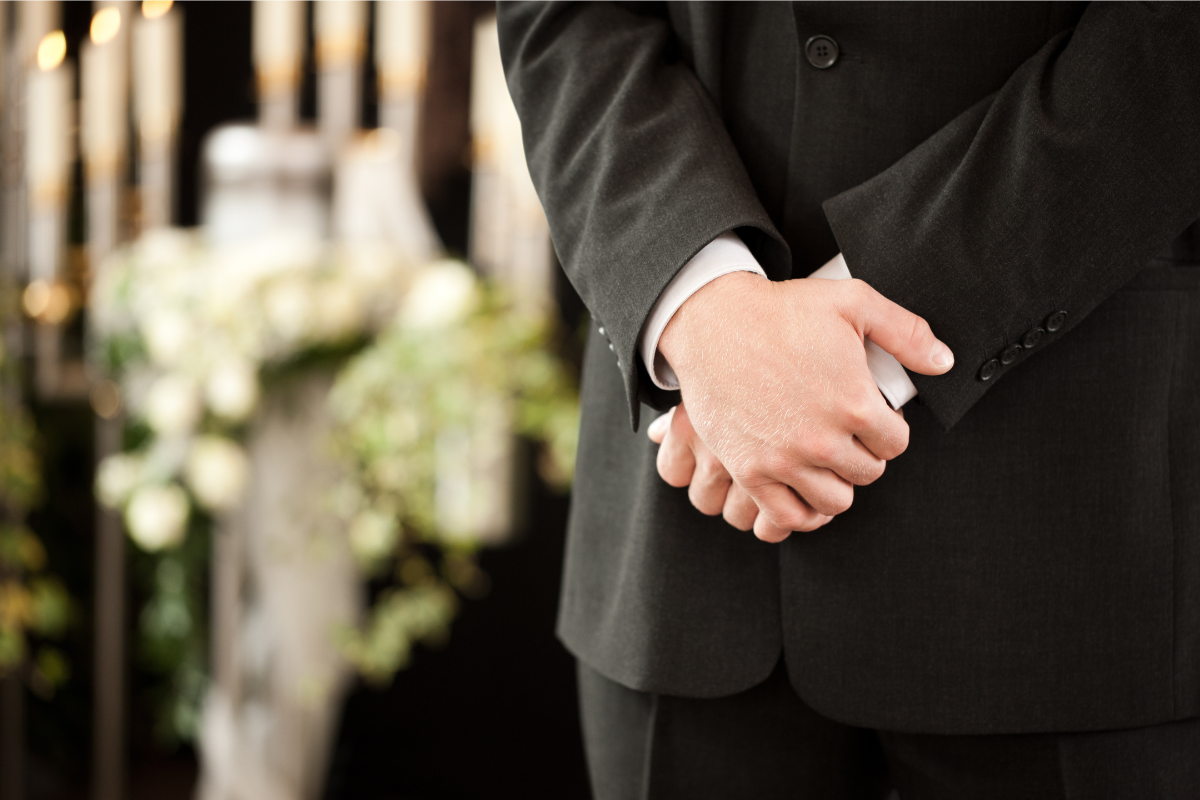
Wrap-up: Pallbearer Attire
Understanding proper pallbearer attire is about more than just dress codes—it's a way to show dignity and respect.
Dark, formal clothing reflects the role's solemnity and helps keep the focus on the service.
Make sure your attire aligns with the family's expectations, cultural norms, and practical needs.
Approaching this with care ensures you’re honoring the occasion and the memory of the departed.
For more insights into managing responsibilities and finding guidance, check out these practical tips on pallbearers and more.
